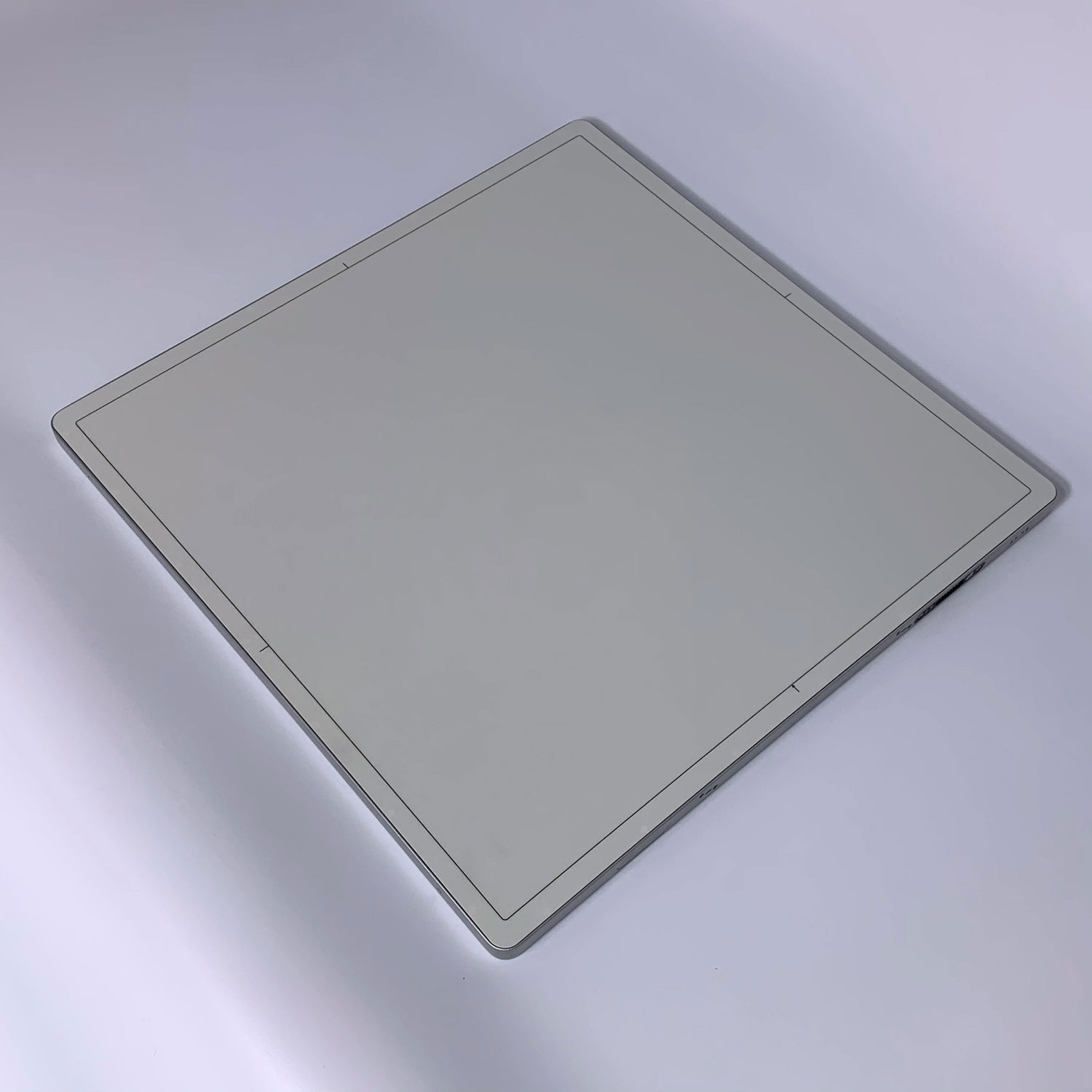How does the size of the flat panel detector affect its performance?
The size of an X-ray flat panel detector can have several impacts on its performance:
- Field of view: A larger detector size allows for a larger field of view, meaning it can capture a larger area of the patient’s body in a single image. This can be beneficial in situations where a wide area needs to be imaged, such as with full-body or extremity scans. It can improve efficiency by reducing the number of image captures required and potentially reducing patient exposure to radiation.
- Image resolution: A larger detector size typically allows for higher image resolution. The detector’s pixel size can remain the same, but the larger detector area means more pixels are available to capture the X-ray image. This can result in clearer and more detailed images, which can be particularly advantageous for detecting small abnormalities or fine structures.
- Image quality: A larger detector can also help improve image quality in terms of signal-to-noise ratio. With a larger detection area, there is generally more X-ray exposure, which results in a stronger signal. This can lead to images with reduced noise and higher image contrast, allowing for better visualization of anatomical details and potential abnormalities.
- Flexibility and patient positioning: A larger detector size provides more flexibility in accommodating patients of different sizes and body types. It allows for better coverage and positioning options, reducing the need for repositioning the patient during the imaging process. This can improve patient comfort and workflow efficiency.
- Portability and ease of use: On the other hand, smaller detector sizes offer increased portability and ease of use. They are typically lighter and more compact, making them easier to maneuver and position in various clinical settings. Smaller detectors can be advantageous in situations where mobility and portability are critical, such as in emergency or bedside imaging scenarios.
It’s important to note that the selection of flat panel detector size should be based on the specific requirements of the clinical application and imaging needs. Factors like patient population, imaging protocols, and available workspace should all be considered when choosing the appropriate size for optimal performance. Whatsapp:+86 18953679166. Email: service@newheek.com

Author:Newheek-Detector
